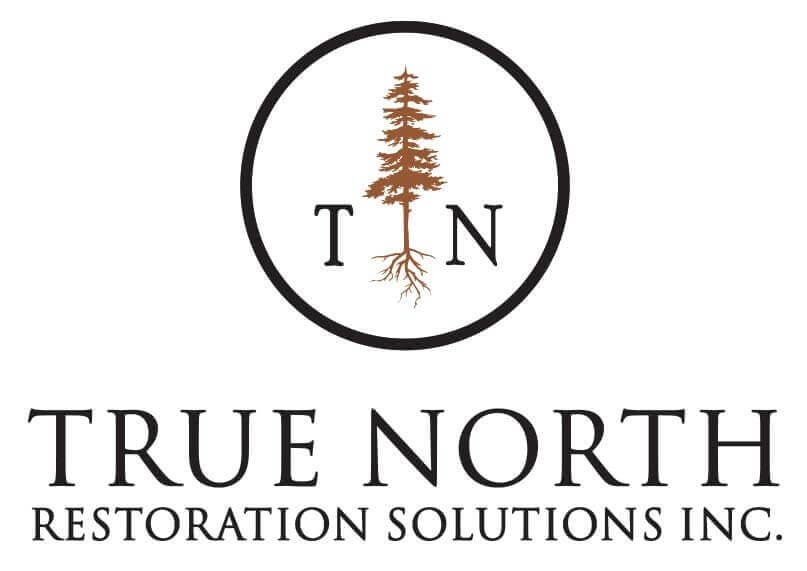Are Log Homes Energy Efficient?
Log homes can be energy efficient if they are designed well. The thickness of the logs provides a high level of insulation. This helps keep the interior of the home warm in the winter and cool in the summer. Yet, it’s important to seal the gaps and joints between the logs to prevent air infiltration. Gaps in the logs stem from many issues. One common problem with insulation is if logs start to deteriorate from rotting. Log home rot repair is a service that many homeowners enjoy.
Adding extra insulation in the walls and roof can also improve energy efficiency. The type of windows and doors used in the construction of a log home can also play a role in energy efficiency. Energy-efficient windows and doors can help reduce heat loss in the winter and heat gain in the summer. Also, incorporating eco-heating and cooling systems can improve the energy efficiency of a log home.
Are Log Homes Well Insulated?
Log homes have a rustic charm and natural aesthetic, but many wonder about their insulation. The answer is, it depends. The insulation performance of a log home depends on many factors. These include the type of wood, log thickness, tightness of the joints between the logs, and the wall/roof insulation. Generally speaking, well-built and maintained log homes can be quite well insulated. For example, solid log walls can provide a high R-value, which measures a material’s ability to resist heat flow. Additionally, the mass of the logs helps regulate indoor temperature.
If you find that a log home lacks insulation, it may be worth looking into. Log home restoration companies help overcome these challenges. To maximize insulation in a log home, it’s important to use high-quality insulation materials. These include spray foam or blown-in cellulose which seals air leaks.
Summary – Are Log Homes Energy Efficient?
The heating and cooling costs of a log home can vary. Climate, the efficiency of the heating and cooling systems, and the insulation quality of the home are all key contributors to the cost. In general, log homes need more energy to heat and cool than traditional homes. This is due to their large surface area and natural air flow properties. But, with proper insulation and energy-efficient systems, a log home can still be energy-efficient. When it comes to billing, log homes can have higher costs in colder climates. Yet, lower costs in warmer climates where natural insulation and air flow can help regulate indoor temperature. In summary, log homes can be energy-efficient with the right heating and cooling systems.
